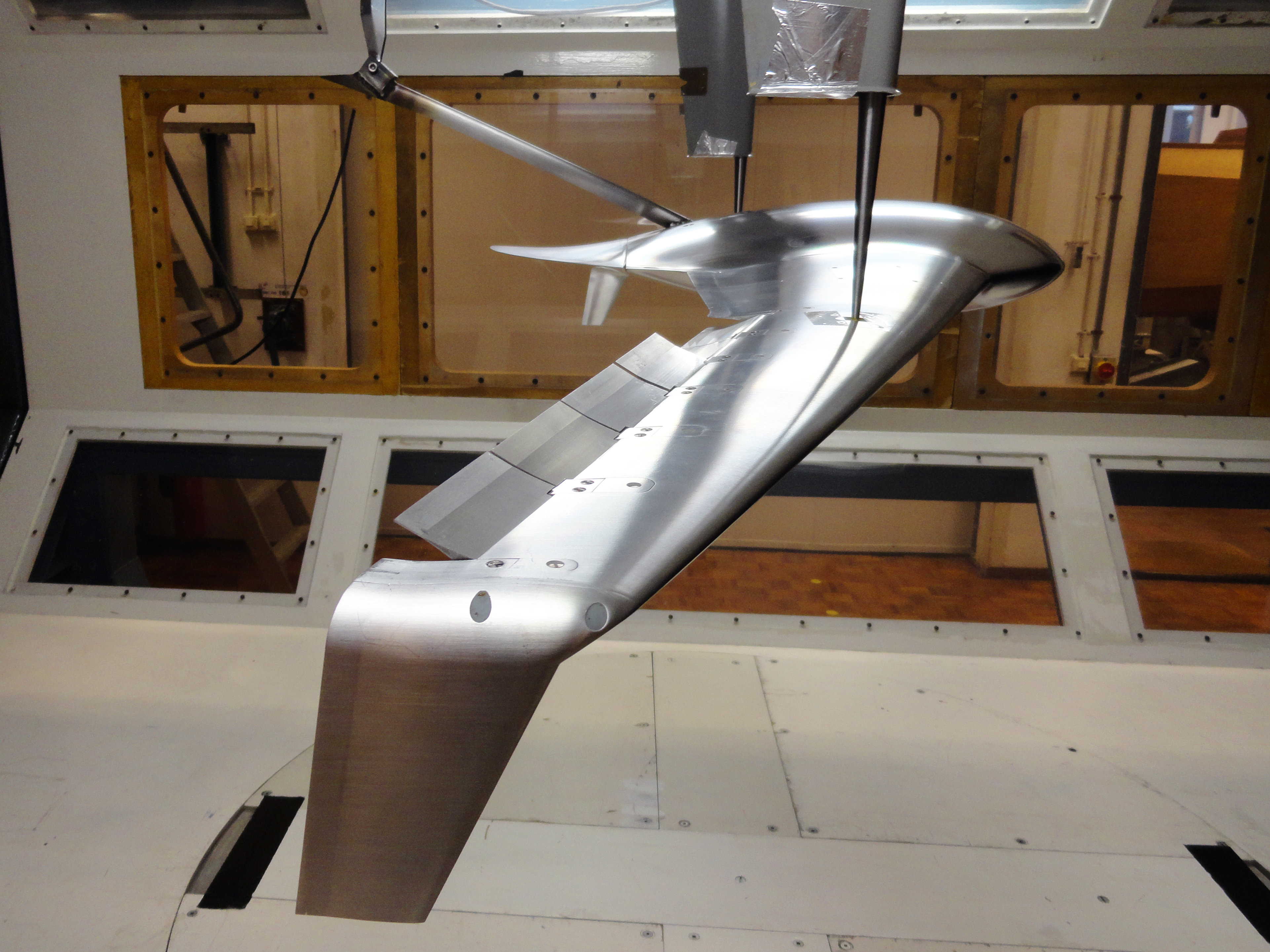Flight Mechanics
Flight mechanics is a very broad research area ranging from aircraft trajectory optimization to aero(servo)elasticity. Different sections within the faculty of Aerospace Engineering perform research in the field of flight mechanics. It is the intention within the Flight Performance section to focus on three specific aspects of flight mechanics and thereby advance the current state of the a
- Investigation of the inherent flying qualities of novel fixed wing aircraft configurations
- Automatic generation of flight mechanics simulation models for application in multi-disciplinary design optimization framework
- High fidelity modelling and simulation of advanced rotorcraft configurations for loads prediction and flight performance analysis

Flight mechanics is a very broad research area ranging from aircraft trajectory optimization to aero(servo)elasticity. Different sections within the faculty of aerospace engineering perform research in the field of flight mechanics. It is the intention within the flight performance and propulsion group to focus on three specific aspects of flight mechanics and thereby to advance the current state of the art:
- Investigation of the inherent flying qualities of novel fixed wing aircraft configurations
- Automatic generation of flight mechanics simulation models for application in multi-disciplinary design optimization frameworks
- High fidelity modelling and simulation of advanced rotorcraft configurations for loads prediction and flight performance analysis
For novel aircraft configurations, such as box-wing aircraft or the blended wing body concept, the flying qualities remain largely unknown. Flight mechanics simulations can help to determine the inherent flying qualities and to support the aircraft design process.
In order to come to realistic new aircraft designs (either conventional or unconventional) in which flying qualities are taken into account, high fidelity flight mechanics analyses should be included in a multidisciplinary design optimization (MDO) framework. This implies that an embedded flight mechanics simulation model should be automatically modified whenever design parameters are changed. For example, in a case study which aim to minimize cruise trim drag of a blended wing body aircraft configuration, the number, size and location of control surfaces may be design parameters. Within a multi-disciplinary design optimization process, it is not possible to change the simulation models manually. Therefore it is essential to have an intelligent software system that allows the automatic generation of simulation models.
Currently, state of the art rotorcraft flight mechanics simulation tools are still unable to accurately predict the flight dynamics, structural loads and vibrations of helicopters, tilt rotor aircraft and other advanced rotary wing configurations. There are still many technical challenges to be solved in the rotorcraft industry. It is essential that accurate and fast simulation tools will become available to tackle these challenges.